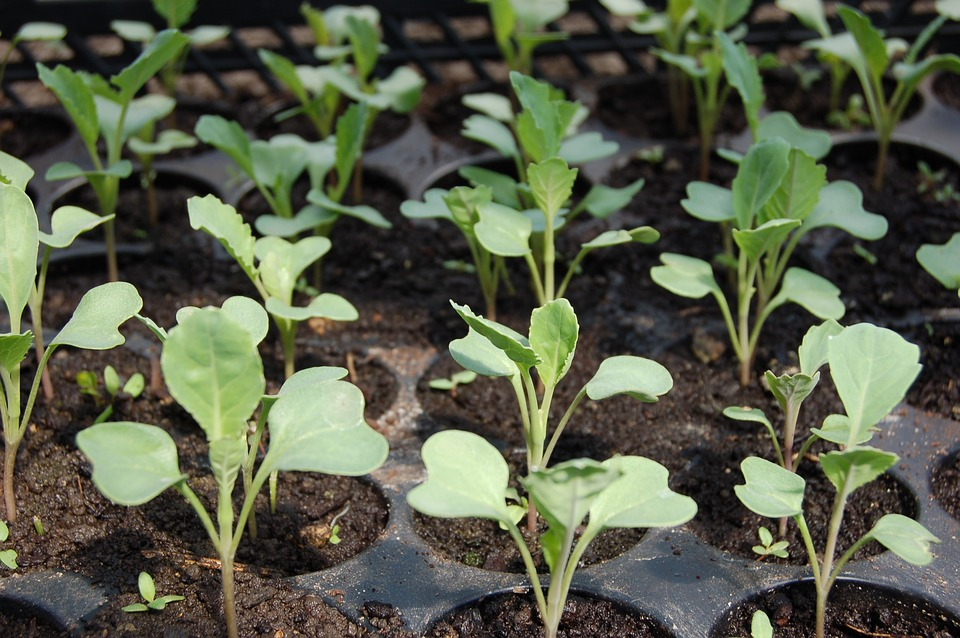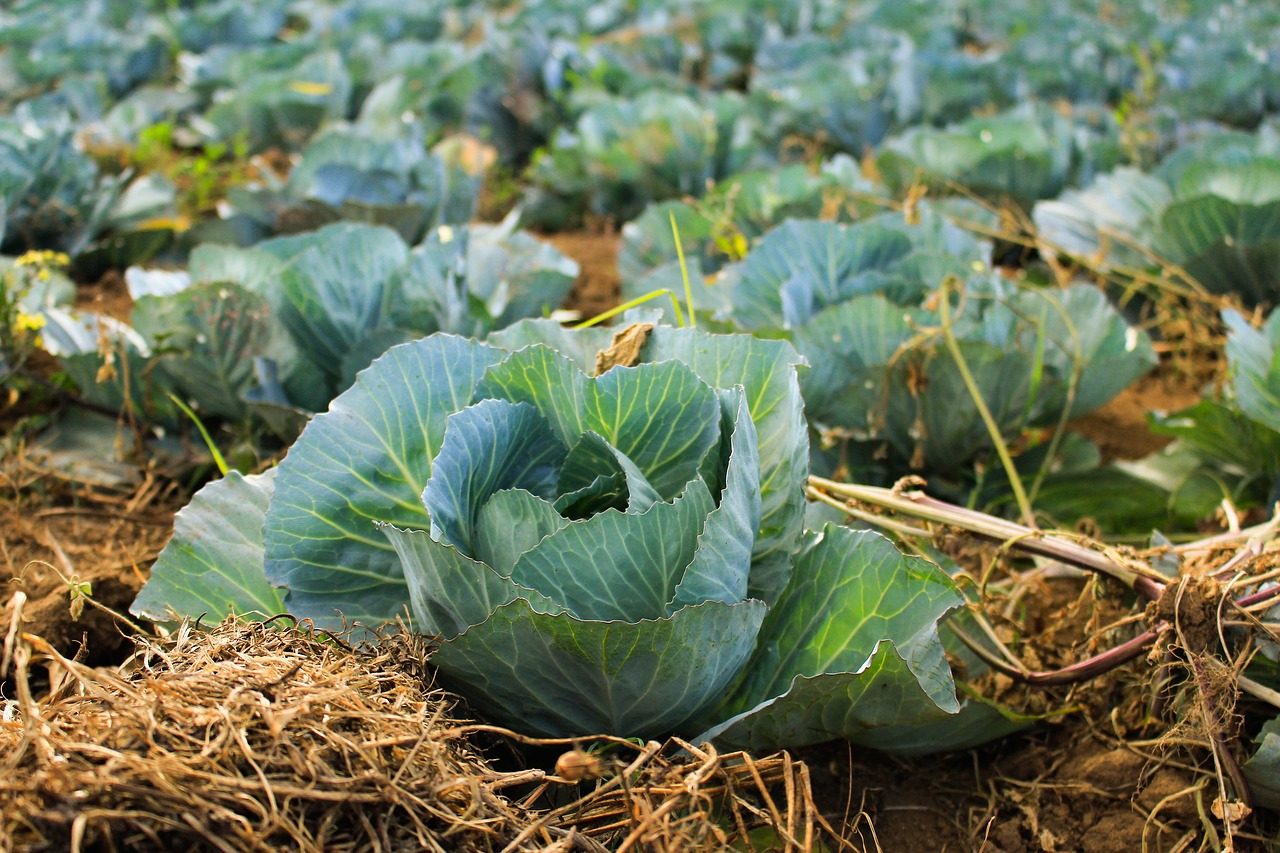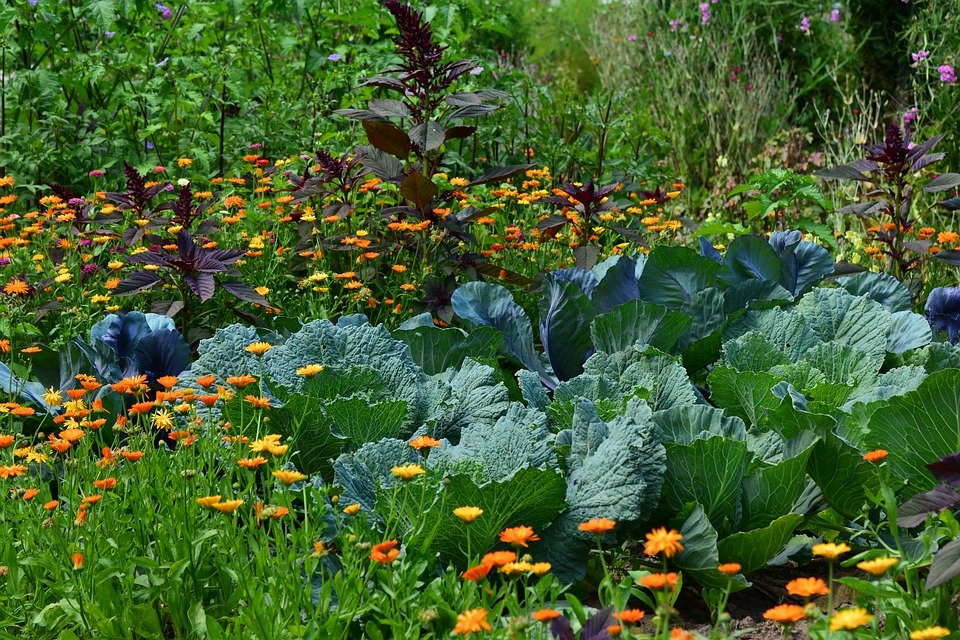Cabbage: how to grow it successfully
Growing cabbage
Cabbage is in season all year round in Germany and has played an important role in the diet of the Germanic tribes and Romans. Its high vitamin C and mineral content make it a healthy food that can be used in a variety of ways.
Richness of form

Cabbage also spares no expense or effort when it comes to variety: thanks to different varieties, the focus is always on different parts of the plant. In the case of headed cabbage such as white cabbage, pointed cabbage, red cabbage or savoy cabbage, the leaves form a more or less compact head. Brussels sprouts always form these heads at the leaf axils of the large leaves. The leaves of black cabbage and kale are also used; in contrast to head cabbage, they form a palm-shaped canopy. The inflorescence of broccoli and cauliflower is eaten. Kohlrabi, on the other hand, forms a thickened stem that looks like a tuber.
Location
Cabbage grows best in full sun, but can also cope with partial shade. Almost all types of cabbage are heavy feeders and therefore require plenty of nutrients for healthy growth. The only exception to this is kohlrabi, which is a medium feeder. Turnips prefer nutrient-poor soils. Cabbage thrives best in humus-rich, loose and loamy soil. Even watering ensures strong and healthy growth.
Crop rotation & mixed cultivation
In a classic crop rotation, cabbage should always be the first crop to be planted on your bed. You can then plant medium-income crops such as lettuce, chard, carrots, onions, beet or beans. Good intercropping partners are spinach, chard, carrots, potatoes, eggplants, tomatoes, peppers, peas, beans, cucumbers or leeks. Bad neighbors are other cruciferous plants, as well as onions, garlic and strawberries.
Pre-breeding & planting

You can proceed in a similar way with all types of head cabbage such as red cabbage, white cabbage, pointed cabbage and savoy cabbage. If you want to harvest in May, you should start pre-growing in January. Head cabbage, kohlrabi, cauliflower, broccoli and Brussels sprouts can also be pre-grown in February and March. It is best to choose suitable early varieties for this. Place the seeds 3 cm deep in pots or multi-plates filled with potting compost. For germination, cabbage plants require a germination temperature of approx. 16-20 °C as well as sufficient light and moisture. It is therefore best to place the pots on a windowsill or in a heated greenhouse. From March, you can plant out cabbage varieties with a planting distance of approx. 40 x 40 cm. From April, broccoli, cauliflower, kohlrabi and Brussels sprouts can also be planted out. Be sure to cover the sensitive young plants with fleece at night to prevent them from freezing.
Direct sowing
Later summer varieties of head cabbage can be sown directly into the bed from April to early May. Kale can be sown from May to June. Chinese cabbage is sown from mid-June, while pak choi is not sown until July. Some varieties of pointed cabbage can also be sown until the end of August. When sowing in midsummer, however, it is essential to ensure regular watering so that the seeds germinate reliably and the young plants can develop healthily. Protect the cabbage plants with a fleece in the fall so that you can harvest them in winter. You should prick out the young plants about a month after sowing. These later varieties need a little more space than earlier ones. Therefore, ensure a planting distance of 50 x 50 cm.
Care & fertilization

As heavy feeders, most types of cabbage require a lot of nutrients for healthy and vigorous growth. Before planting, you should prepare your beds with mature manure or a compost-manure mixture. An additional dose of compost in the planting hole also boosts growth. You can also use horn shavings or sheep's wool (pellets) to provide long-term fertilization in the bed. A layer of mulch provides humus and retains moisture and warmth in the bed. Plant dips promote head formation. It is best not to use nettle liquid manure as this can attract the cabbage white butterfly! Also ensure that your plants are watered evenly.
Harvesting & processing
In most cases, early cabbage varieties are suitable for fresh consumption, while late varieties are more suitable for storage. Late cabbages can be stored in airy wooden crates in a cool, dark cellar. Choose only undamaged heads and cover the crates with a jute or cotton cloth. Check the crates regularly for rot or mold. You can also overwinter some types of cabbage, such as savoy cabbage, kale and butter cabbage, in the field. This means you always have freshly harvested vegetables to hand in winter. To harvest head cabbage, cut off the stalk in a wedge shape. Green and black cabbage can be harvested after the first frost. Brussels sprouts are ready to harvest when the florets are about the size of a walnut. Pak choi and kohlrabi are particularly fast and can be harvested just six to eight weeks after sowing. As varied as the types of cabbage are, there are just as many ways to prepare cabbage. Fried, steamed, raw, boiled, baked in the oven or fermented as sauerkraut or kimchi: cabbage can be enjoyed in many different ways.
Titelbild: congerdesign auf Pixabay

